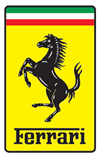
Ferrari California T Convertible (2014-2016) engines, drive and performance

There’s just one engine metering out Ferrari California T performance, and it’s a stunning thing to behold.
Turbo technology explained
It uses a pair of twin-scroll turbochargers to make use of otherwise wasted exhaust gas energy, turning it back into extra power by compressing the air entering the engine and so forcing more into the cylinders. If the fuelling is adjusted to suit then more air equals more power, but also less power is required to realise the same performance as a non-turbo engine.
The trade-off here is usually what’s called ‘lag’, which is the time it takes for the exhaust gas energy to get the turbochargers spinning before making the required boost and hence power. It takes the form of a period of time when your foot is pushing the throttle and nothing is happening, making such cars feel ‘peaky’ and usually harder to drive.
But Ferrari’s engineers are very conscious of the fact their cars have to be great to drive, and so they’ve used some very clever technology to absolutely minimise this lag. The result is astonishing, with an almost linear power delivery right up to the 7,500rpm redline. It’s immensely exciting to drive this car fast, and while it’s not as shrill or aggressive-sounding as the old 4.5-litre V8, this new 3.9-litre turbo engine still makes a brilliant noise. The engine makes use of the flat-plane crankshaft which also contributes to the exhaust note, but also helps Ferrari’s engines enjoy absolutely razor-sharp throttle response.
Those turbochargers work with the car’s computer brain to deliver different boost pressure in different gears. Lower gears get less as the wheels are more likely to struggle for traction, while at higher gears there’s less need for restraint. In seventh gear this engine delivers a massive peak torque of 755Nm at 4,750rpm. Its maximum power is 553bhp at 7,500rpm; this is an engine which loves to be revved.
Fantastic gearbox
Of course, with a great engine you need a great gearbox, and the one in the California T is wonderful. It’s a twin-clutch seven-speed F1 unit which features longer gear ratios than the previous California, delivering faster acceleration but also 15 percent improved fuel consumption. It can be left to its own devices in automatic mode, but for the very best this car can offer in terms of driving pleasure, use the large, steering column-mounted paddles instead. This gearbox is unusual in that it’s actually more rewarding controlled manually, while many others work best left to sort gear selection out for themselves.
Split personality and launch control
The character of both engine and gearbox can be adjusted using the car’s manettino switch, which is located on the steering wheel and features three settings: Comfort, Sport and ESC Off. While Comfort and Sport do exactly what you’d expect, softening or sharpening responses respectively, the final mode is more about handling than performance.
In order to get the absolute maximum from the engine and gearbox, there’s a launch control setting which will allow the car to hold the revs at the optimum level for best traction until you let your foot off the brake – at which point it takes off like a cat with its tail in a mousetrap.
Handling is always a highlight in any Ferrari, and the California T is no exception. That long bonnet hides the engine, while the power is sent to the rear wheels only and the weight distribution is 47:53 in favour of the rear, which in typical Ferrari fashion means a very rewarding drive. The steering, while amazingly accurate, feels a little light in terms of weighting – something that’s in keeping with its GT character and further amplified thanks to the quicker steering rack installed in the T compared to the previous California.
This car changes direction seriously quickly as a result, and it stops unbelievably quickly too. The brakes are huge carbon-ceramic affairs which use such advanced materials that Ferrari claims both disc and pad should survive for the entire life of the car. While we couldn’t test that, we did find a car that stops so quickly it feels like a racing car, and it’ll keep on doing so over and over again.
Show it a corner and the California T comes alive. The magnetorheological damping system (which uses magnets and fluid with slivers of metal to instantly switch damping characteristics) means it’s possible to adjust the dampers between soft and firm, which effectively means you can swap between comfortable GT and taut track car at the flick of the manettino switch.
While the Comfort setting is surprisingly soft, there’s still next to no bodyroll to complain about. It uses an advanced version of the firm’s F1-Trac traction control system which makes sure the wheels don’t spin when you put all that power down, and the latest ESP 8.0 stability control system to keep things pointing in the desired direction. The limited-slip differential does a fantastic job of ensuring the power is dished out evenly through corners, and when set to Sport setting on the manettino the dampers tighten up to uncover a car that can do fast driving incredibly well. You’re never short on grip – not only do the wide tyres help here but there’s noticeable effect from the car’s impressive aerodynamics as the speed is ramped up. You can feel it hunkering down into the tarmac.
Switching the manettino to ESC Off means you’ve removed your safety net, making it possible to perform lairy powerslides. You’ll need a pack of brave pills though, because everything happens extremely quickly in this car. There’s no shortage of power to spin the wheels up, but should the rear end get away from you, the quick steering allows you to catch the slide with minimal fuss. If you’re considering this sort of behaviour, a race track would be a better venue than a public road.


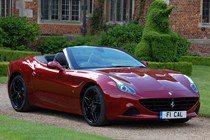
.jpg)
.jpg)
.jpg)
.jpg)
.jpg)
.jpg)
.jpg)
.jpg)
.jpg)
.jpg)
.jpg)
.jpg)
.jpg)
.jpg)
.jpg)
.jpg)
.jpg)
.jpg)
.jpg)
.jpg)
.jpg)
.jpg)
.jpg)
.jpg)
.jpg)
.jpg)
.jpg)
.jpg)
.jpg)
.jpg)
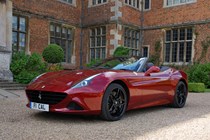
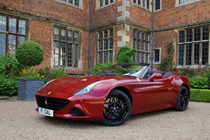
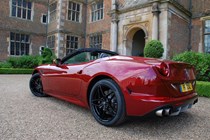




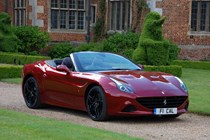
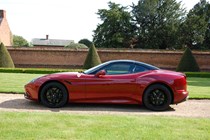
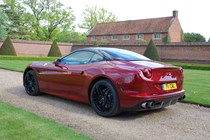










.jpg)
.jpg)
.jpg)
.jpg)
.jpg)
.jpg)
.jpg)
.jpg)
.jpg)
.jpg)
.jpg)
.jpg)
.jpg)
.jpg)
.jpg)
.jpg)
.jpg)
.jpg)
.jpg)
.jpg)
.jpg)
.jpg)
.jpg)
.jpg)
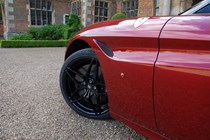

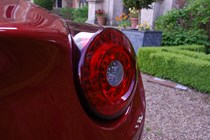
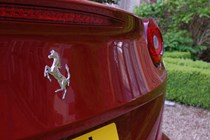
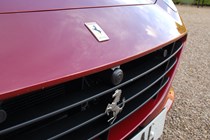
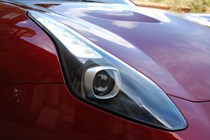
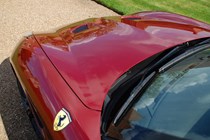
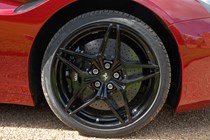
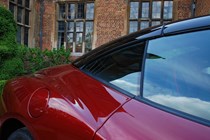
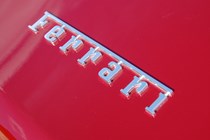
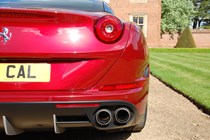

.jpg)
.jpg)
.jpg)
.jpg)
.jpg)
.jpg)
.jpg)
.jpg)
.jpg)
.jpg)
.jpg)
.jpg)
.jpg)
.jpg)
.jpg)
.jpg)
.jpg)
.jpg)
.jpg)
.jpg)
.jpg)
.jpg)
.jpg)
.jpg)
.jpg)
.jpg)
.jpg)
.jpg)
.jpg)
.jpg)
.jpg)
.jpg)
.jpg)
.jpg)
.jpg)
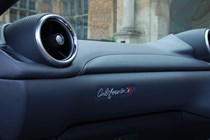
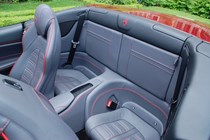
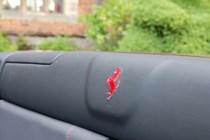
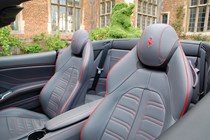
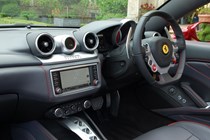
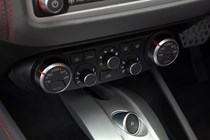
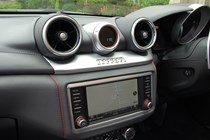
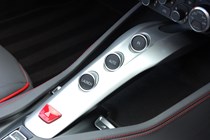
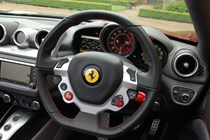
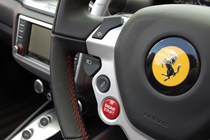
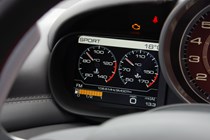
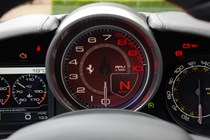
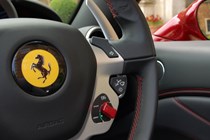
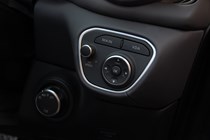
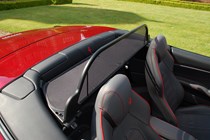
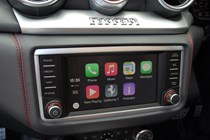
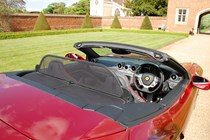
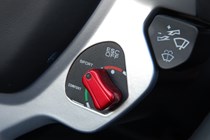
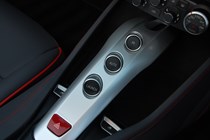
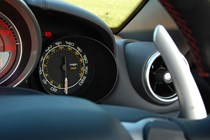
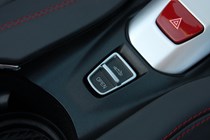

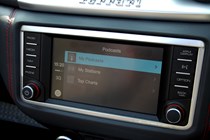
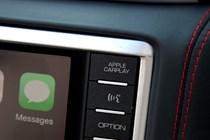



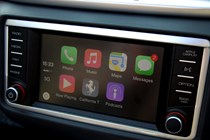
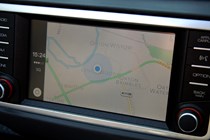
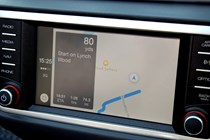
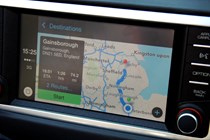
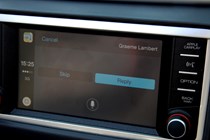


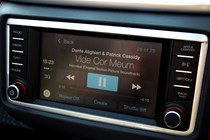
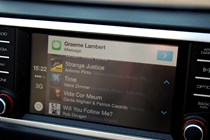
.jpg)
.jpg)
.jpg)
.jpg)
.jpg)
.jpg)
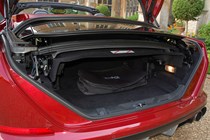

.jpg)
.jpg)
.jpg)
.jpg)
.jpg)
.jpg)
.jpg)
.jpg)
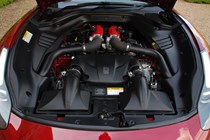
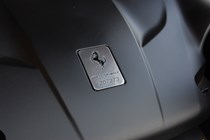
.jpg)


.jpg?quality=50)
.jpg?quality=50)
.jpg?quality=50)
.jpg?quality=50)
.jpg?quality=50)
.jpg?quality=50)
.jpg?quality=50)
.jpg?quality=50)
.jpg?quality=50)
.jpg?quality=50)
.jpg?quality=50)
.jpg?quality=50)
.jpg?quality=50)
.jpg?quality=50)
.jpg?quality=50)
.jpg?quality=50)
.jpg?quality=50)
.jpg?quality=50)
.jpg?quality=50)
.jpg?quality=50)
.jpg?quality=50)
.jpg?quality=50)
.jpg?quality=50)
.jpg?quality=50)
.jpg?quality=50)
.jpg?quality=50)
.jpg?quality=50)
.jpg?quality=50)
.jpg?quality=50)
.jpg?quality=50)




















.jpg?quality=50)
.jpg?quality=50)
.jpg?quality=50)
.jpg?quality=50)
.jpg?quality=50)
.jpg?quality=50)
.jpg?quality=50)
.jpg?quality=50)
.jpg?quality=50)
.jpg?quality=50)
.jpg?quality=50)
.jpg?quality=50)
.jpg?quality=50)
.jpg?quality=50)
.jpg?quality=50)
.jpg?quality=50)
.jpg?quality=50)
.jpg?quality=50)
.jpg?quality=50)
.jpg?quality=50)
.jpg?quality=50)
.jpg?quality=50)
.jpg?quality=50)
.jpg?quality=50)












.jpg?quality=50)
.jpg?quality=50)
.jpg?quality=50)
.jpg?quality=50)
.jpg?quality=50)
.jpg?quality=50)
.jpg?quality=50)
.jpg?quality=50)
.jpg?quality=50)
.jpg?quality=50)
.jpg?quality=50)
.jpg?quality=50)
.jpg?quality=50)
.jpg?quality=50)
.jpg?quality=50)
.jpg?quality=50)
.jpg?quality=50)
.jpg?quality=50)
.jpg?quality=50)
.jpg?quality=50)
.jpg?quality=50)
.jpg?quality=50)
.jpg?quality=50)
.jpg?quality=50)
.jpg?quality=50)
.jpg?quality=50)
.jpg?quality=50)
.jpg?quality=50)
.jpg?quality=50)
.jpg?quality=50)
.jpg?quality=50)
.jpg?quality=50)
.jpg?quality=50)
.jpg?quality=50)
.jpg?quality=50)




































.jpg?quality=50)
.jpg?quality=50)
.jpg?quality=50)
.jpg?quality=50)
.jpg?quality=50)
.jpg?quality=50)


.jpg?quality=50)
.jpg?quality=50)
.jpg?quality=50)
.jpg?quality=50)
.jpg?quality=50)
.jpg?quality=50)
.jpg?quality=50)
.jpg?quality=50)


.jpg?quality=50)
